The richness of life in prairies can be astounding, even at a small scale. As a prairie ecologist, I see that every day as I wander through them with my camera or clipboard, but it can be hard to portray that to a skeptical public.
Photography has been a crucial tool in my crusade, giving me the opportunity to introduce people to the plants and animals that inhabit what so many people consider “boring grassy areas”.
In 2018, I undertook a new project to celebrate the diversity and beauty of prairies. It was a way of doubling down on my frequent assertions that you can find an astounding number of species in prairies if you just take the time to look for them.
To prove the point, I went to a small restored prairie near my Nebraska house and then chose a much smaller portion of it – a 1×1 meter square – and pledged to photograph everything I could within that diminutive fragment over the course of a year.
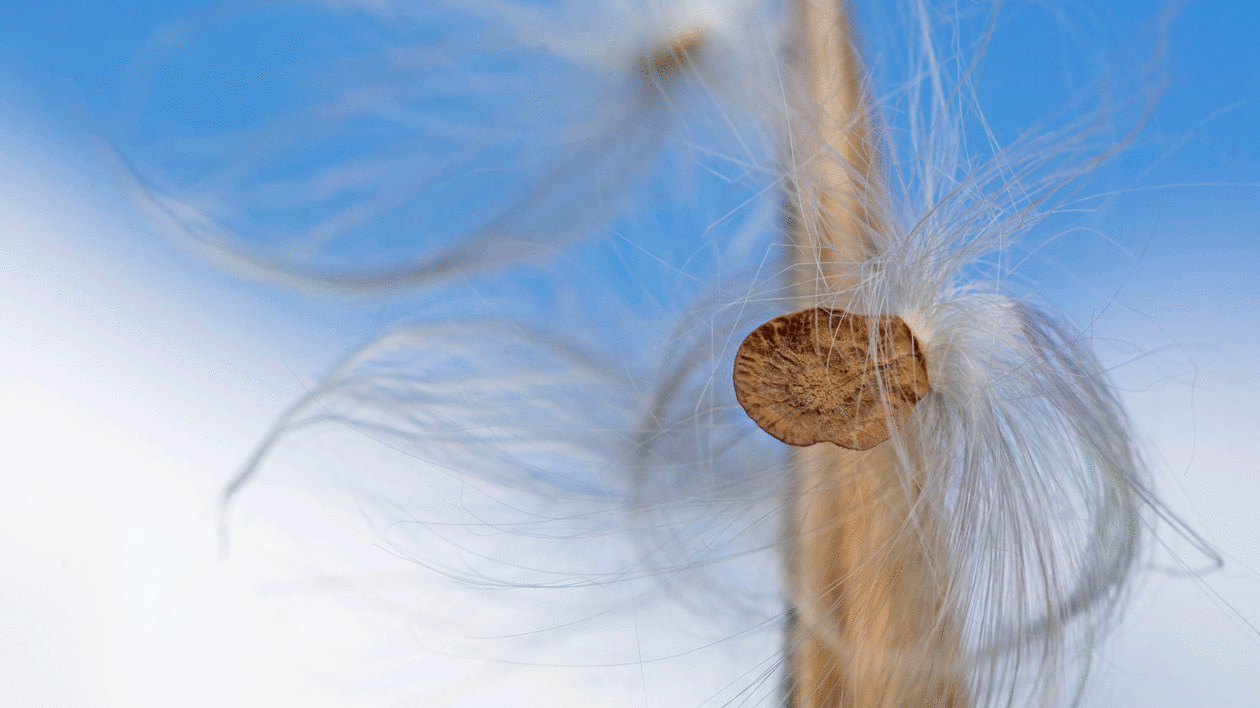
I began in late January, 2018. As of today, I’ve photographed 113 different species of plants and animals inside that little patch – not counting others that flew, scurried, or hopped away before I could snap their picture. I’ve made nearly 50 trips across town to my plot and have yet to come away disappointed. During the field season, nearly every visit yielded at least one new species.
Clearly, most of the species I photographed within my plot didn’t spend their entire lives within that tiny area.
The diversity I found was dependent upon the surrounding prairie, though even that larger prairie is only a few acres in size and fragmented by several patches of trees. The prairie is also fairly new – planted by Prairie Plains Resource Institute in the early 1980’s.
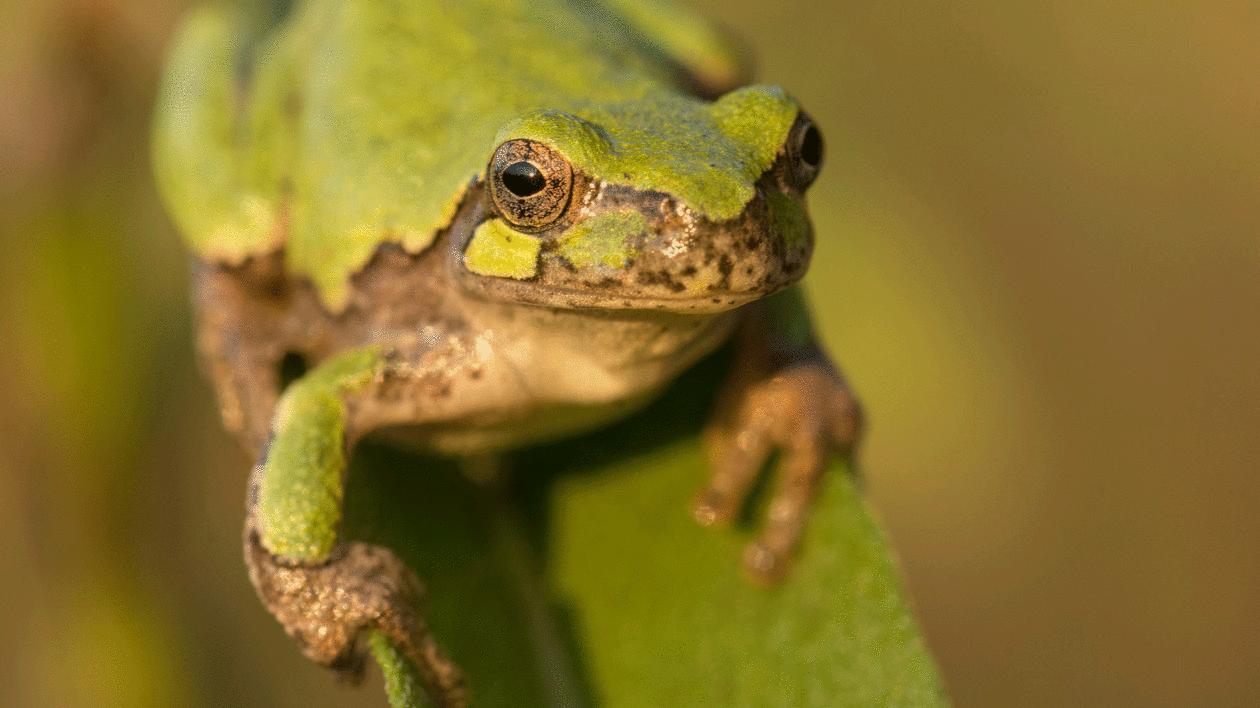
Many people might be surprised to find 113 plant and animal species within a small unassuming prairie nestled between a suburban neighborhood and a corn field, let along within a single square meter of it. That is pretty much the crux of the project.
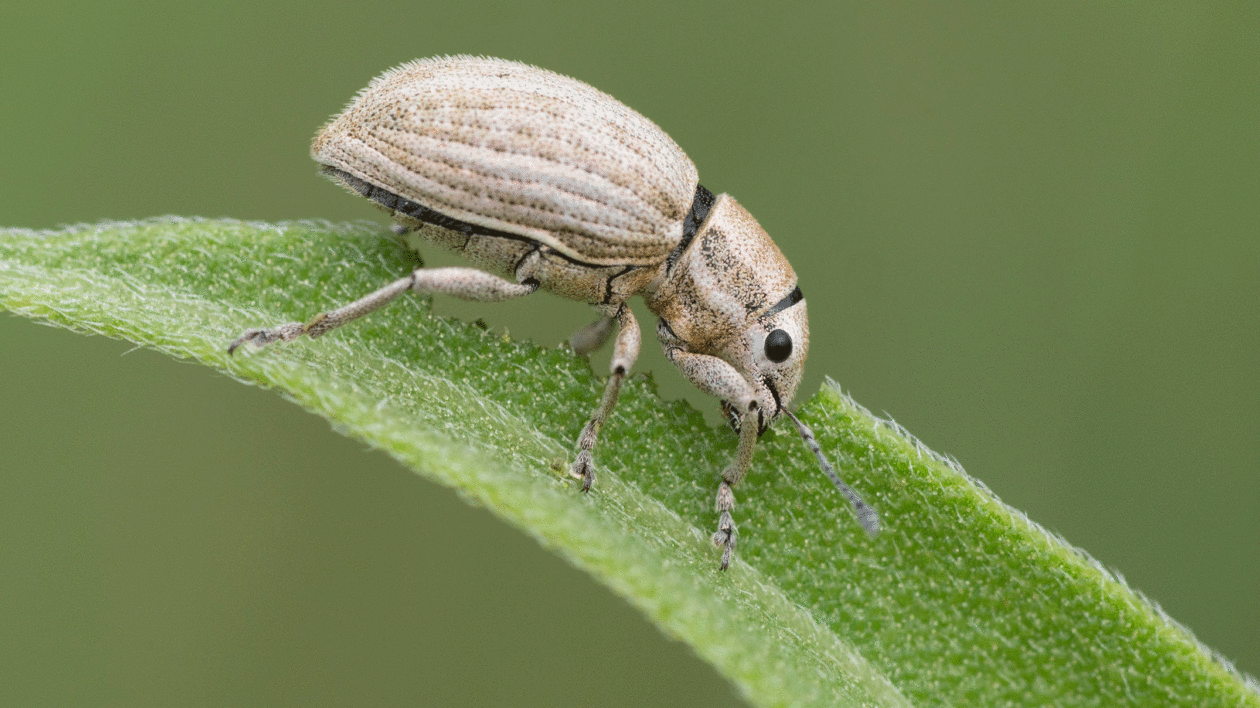
Among the eighteen beetle species is bright red one that, like monarch caterpillars, feeds exclusively on milkweed plants. Another decapitates sunflowers so it can lay eggs inside the exposed stem.
The seven spider species I found within the plot represent a range of hunting strategies, including some that catch food in webs, but also some that stalk and/or ambush their prey.
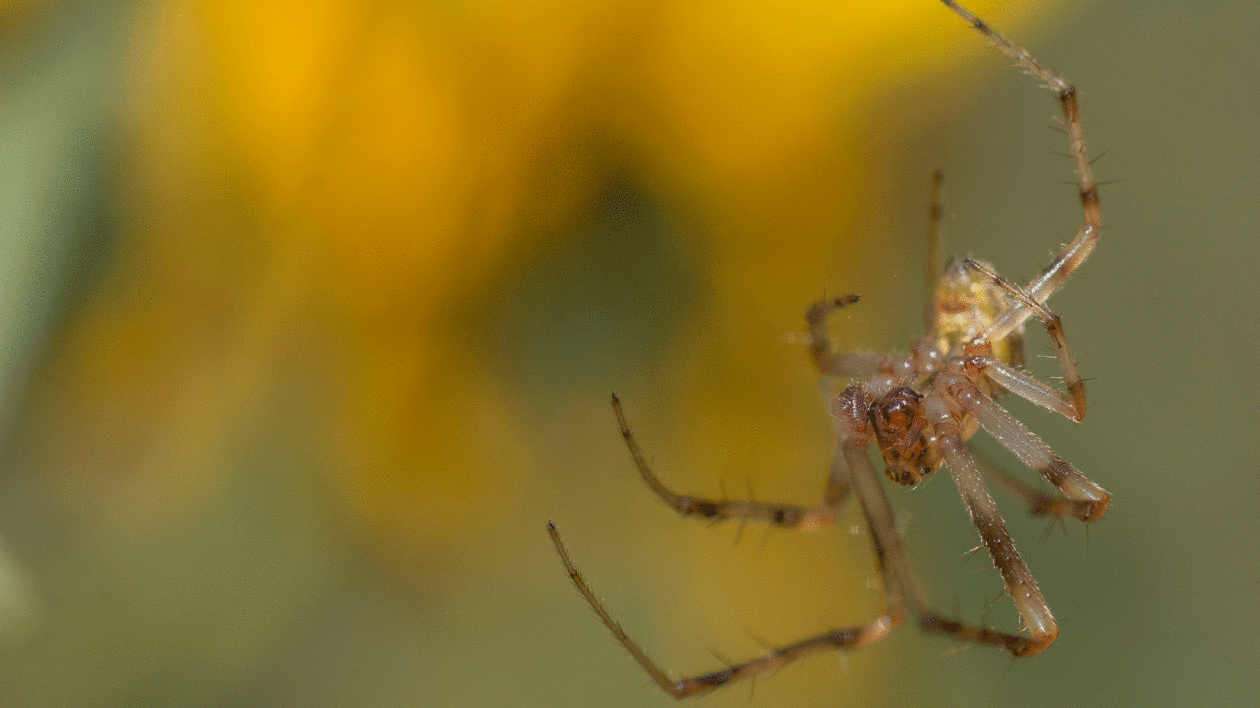
I was thrilled to photograph two different monarch butterflies inside the plot, the more so because of their current population declines.
However, I was equally excited by the sunflower stem that looked like a miniscule woodpecker had drilled a hole into it – clear evidence of a stem borer moth caterpillar at work.
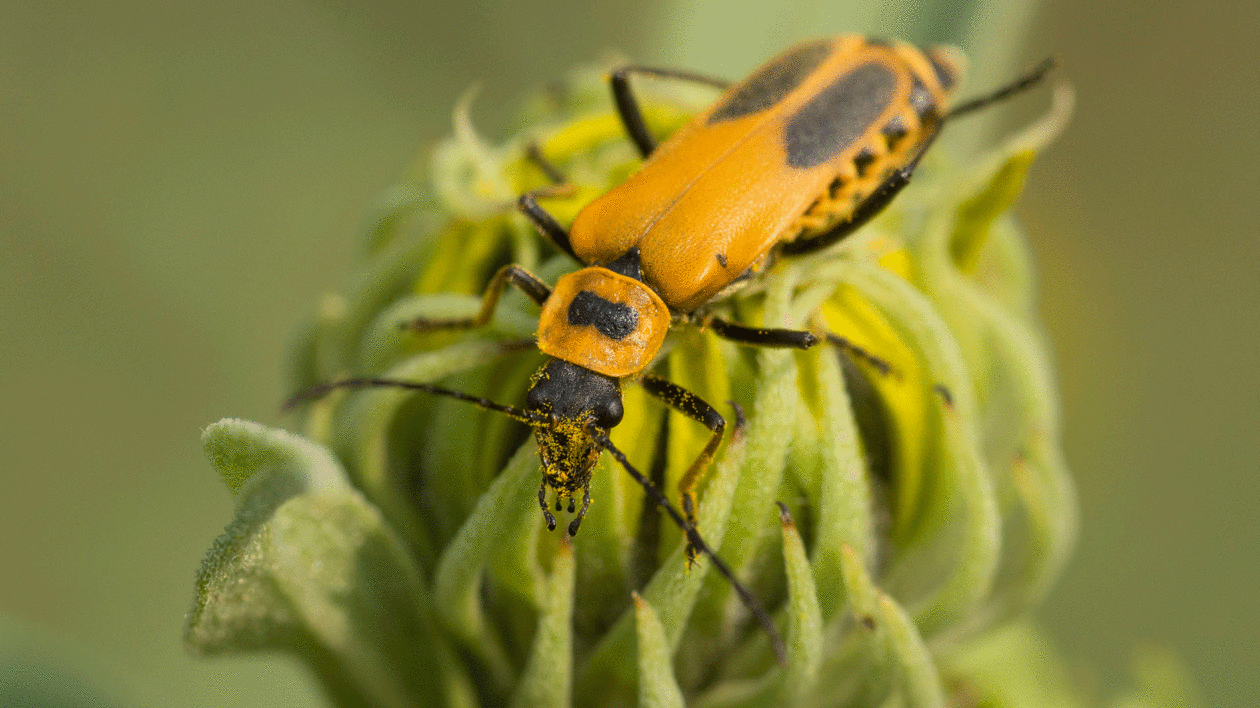
The most diverse group of insects found in my square meter was the flies. There were twenty one different kinds of flies, including some that resemble the familiar house fly, but others that few people would recognize as flies.
For example, a bee-mimicking hover fly was a common visitor throughout much of the season. I also photographed a crane fly that looks like a massive mosquito and a gall midge with an ovipositor (tubular egg-laying organ) as long as its body.
My favorite of the flies, though, was Delphinia picta, a gorgeous picture-winged fly that looks like it’s wearing a gas mask, feeds on rotting vegetation, and blows bubbles as part of its courtship behavior.
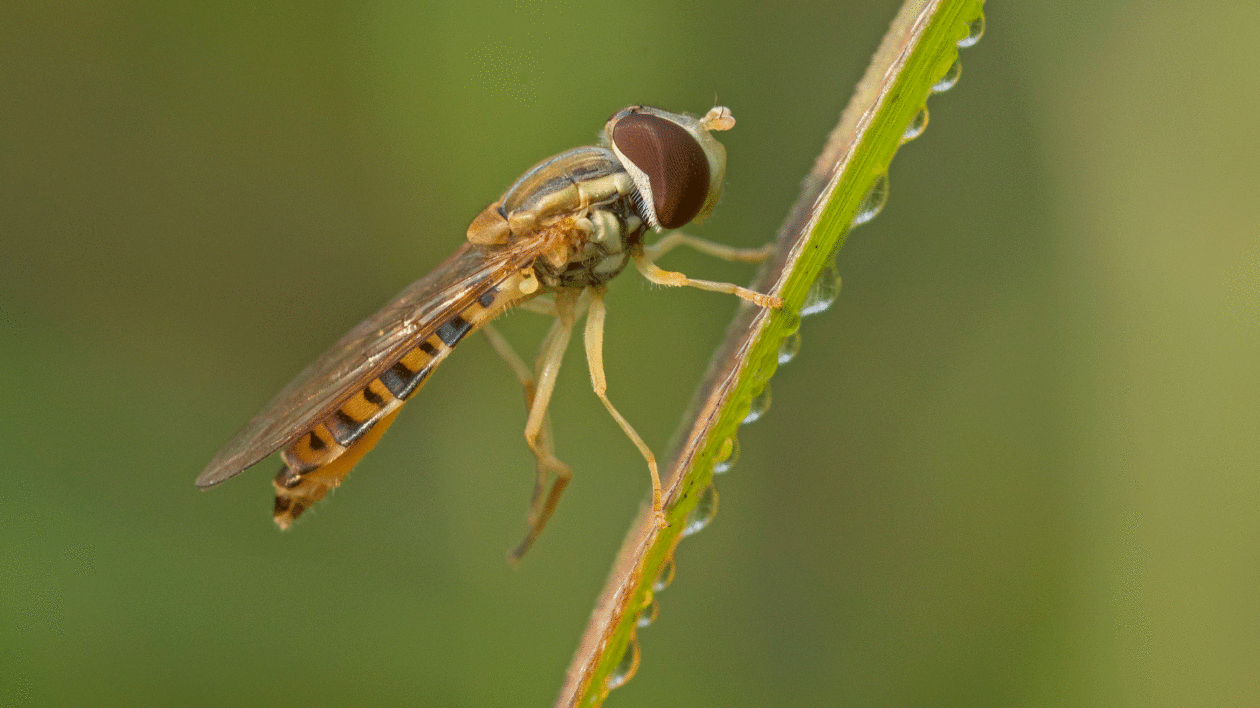
Despite the impressive diversity of organisms I found, this project was about much more than biological inventory. I found myself inspired to photograph tiny feathery anthers on the flowers of grasses, an exquisite network of veins in a backlit leaf, and gracefully drooping petals of flowers as they wilted.
Because I confined my exploration to such a limited geography, I looked at the prairie in new ways. Eschewing my typical photography approach of roaming broadly across prairies, looking for something of interest, I instead sat down and examined my plot inch by inch for appealing subject matter. I always found it. I hope others will find it among my photographs.
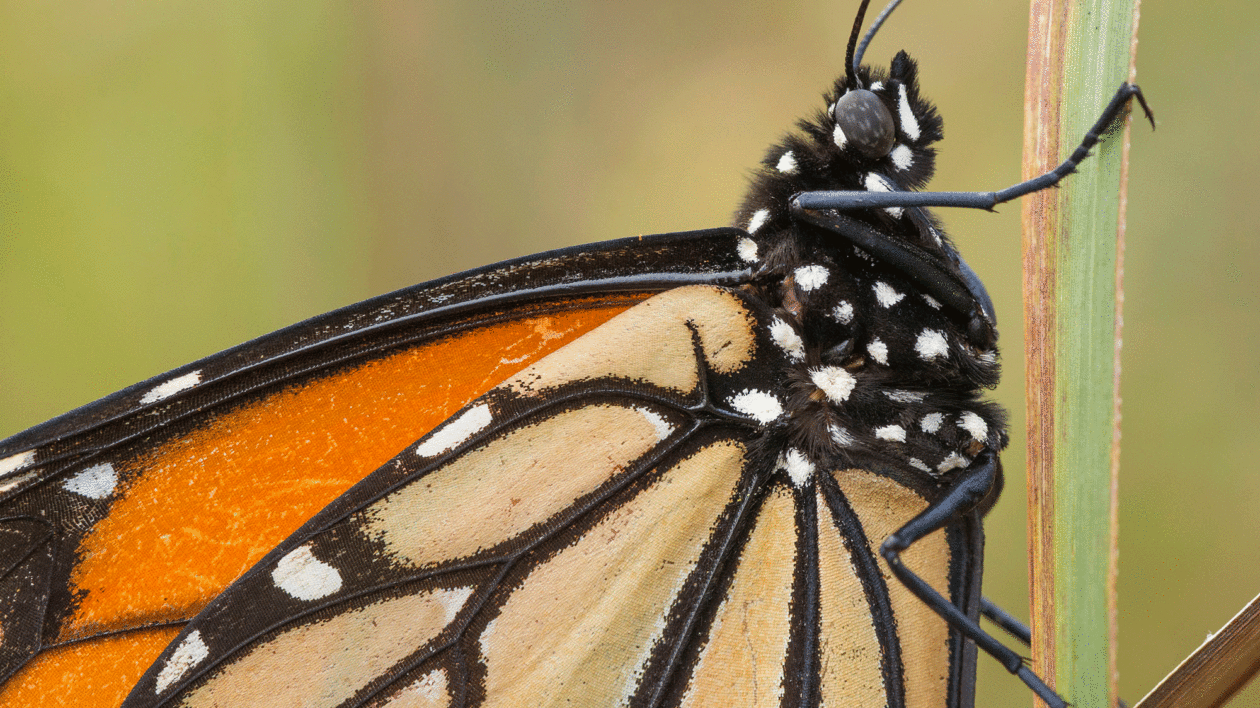
It would be great if thousands of people were sufficiently moved by my project to go explore the nearest prairie. It would be great, but I’m not counting on it. Instead, I’d be thrilled if people took a moment, looked through some of my photos, and thought to themselves, “huh, I had no idea there was so much going on in prairies!”
Just as it’s easier to empathize with people in far-off places after you’ve met a few of them, seeing some of what lives in prairies makes those prairies harder to dismiss as “boring grassy areas.” I love prairies and want to see them conserved. Showing others what I love is an important step in that process.
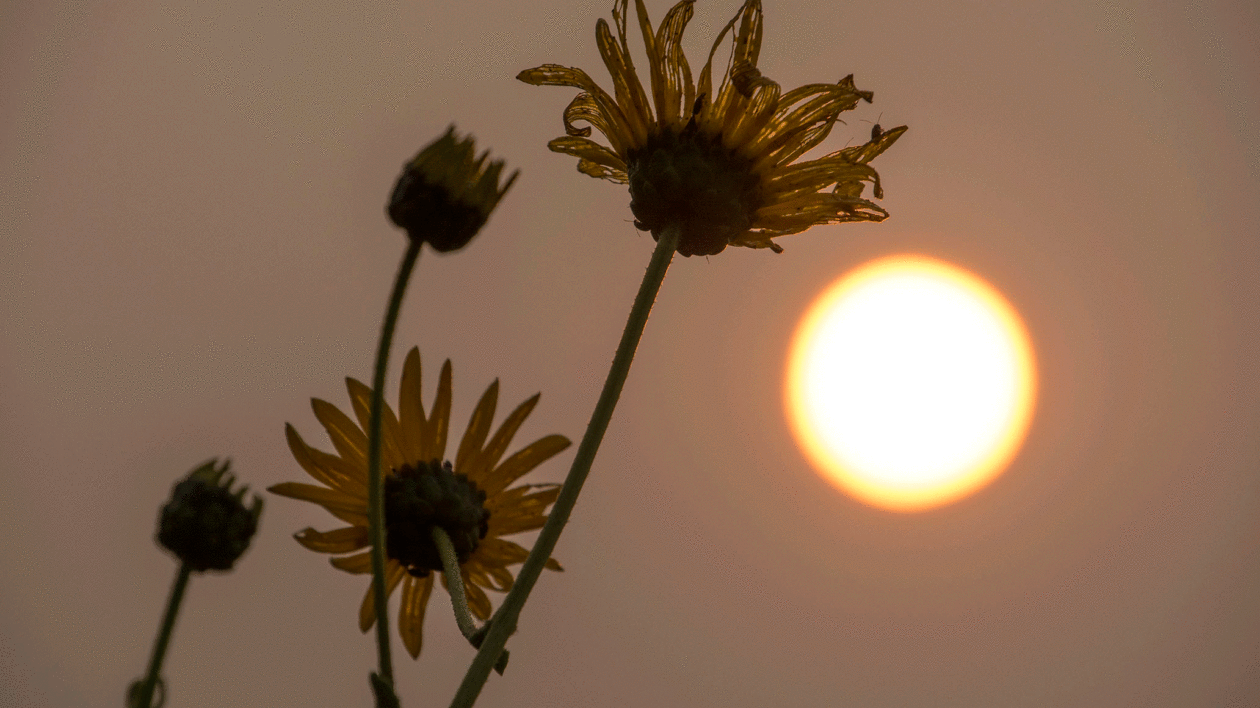
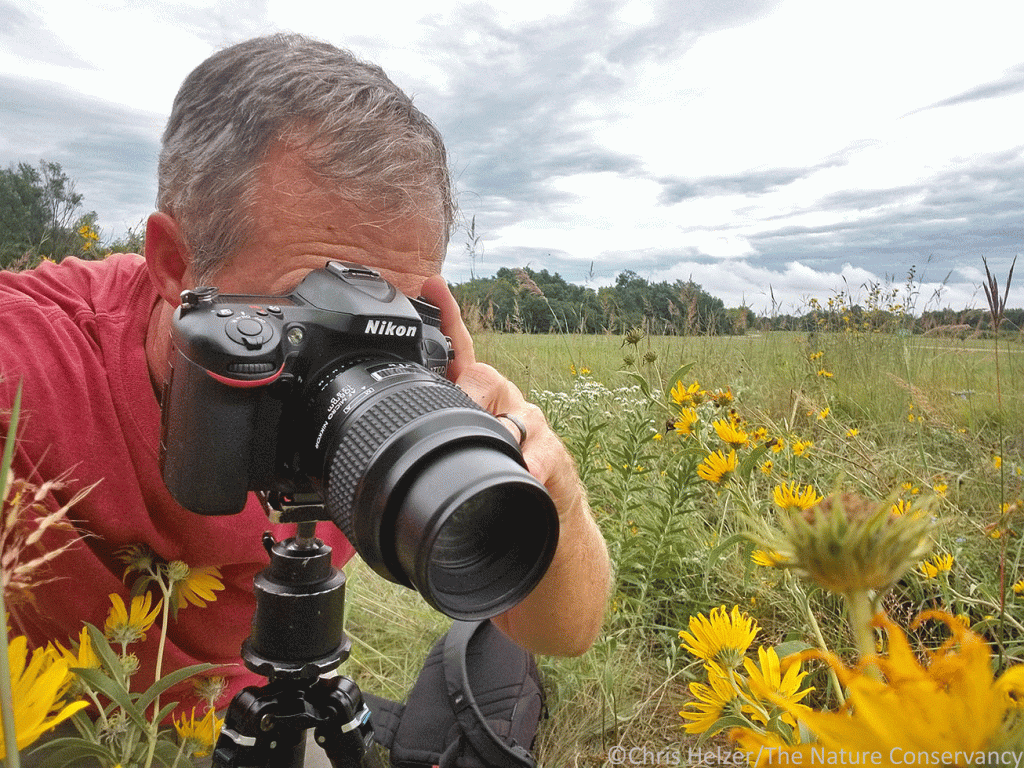



Dear Chris,
To show the uniqueness and rich diversity of such a small space is inspiring. We need to protect this area
and other islands like it to give ecological purpose to our landscapes. Keep up the good work!!
Ann Young, Colorado Springs, CO.
Gorgeous photography which reminds us to look around and really see nature, the large and the little.
Beautiful photos
wonderful photos and article, thank you.
would love to read more about your views of
our beautiful, bountiful, natural world.
I enjoyed browsing through your photographs and being able to see the insects and spider closeup in all their color and intricate body parts. Wonderful photography! Makes me want to take a photography course!
There are a lot of people with cellphone cameras and spare time — what a great mass project this would be if someone wanted to organize it — like Project NOAH — https://www.projectnoah.org
I am reminded of the poem by Emily Dickenson: To Make a Prairie it Takes a Clover and One Bee
To make a prairie it takes a clover and one bee
One clover, and a bee,
And revery.
The revery alone will do
If bees are few.
We may have to rely on revery (daydreaming) to conjure up prairies if our bee populations continue to decline. So thank you Chris Helzer for what you are doing to document life on the prairie. May your work inspire humanity to conserve and protect them.
Lovely report on prairies and yes life abounds in the smallest of areas. And now I know why my sunflowers are sometimes decapitated. I thought the birds did it but no it is some kind of beetle. Thanks for sharing your insights.
Very intriguing work. Would make for an interesting in-depth book, perhaps?
Nature is exciting and beautiful. Thank you.
I think this is/was a wonderful project, and I am thankful that you did it, and shared it. It is vaguely reminiscent of the “Big Sit,” version of N. J. Audubon’s World Series of Birding, ion which one can choose to stay put, at one spot,rather than scour the state, or a county, trying to identify as many species of birds one can see, usually on the 2nd Saturday of May.
Thanks for the lovely photos and the story of interdependence in the tiny plot of Earth.
Cool concept. Great pix!
“I took a vacation this summer and made it half way across the meadow.” Paraphrased I think somewhat and author unknown. I too live in Nebraska and have converted lowland river [Niobrara] meadows to CRP and added pollinator plots this year. Very much enjoyed this article. Thanks.
Exploring in your own yard will enlighten as well! All you need to do is go outside and open you eyes!! Those fabulous prairies will draw you in once you learn to see.